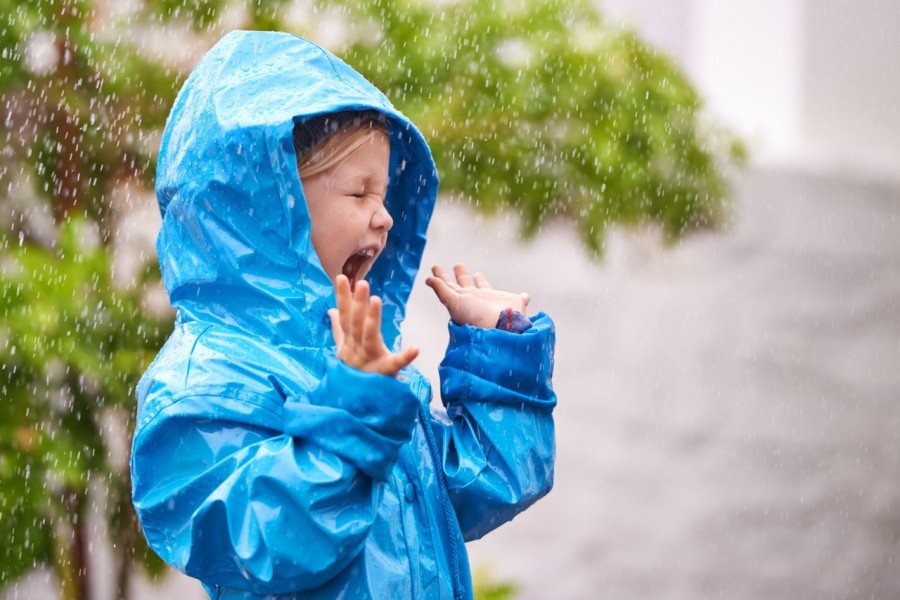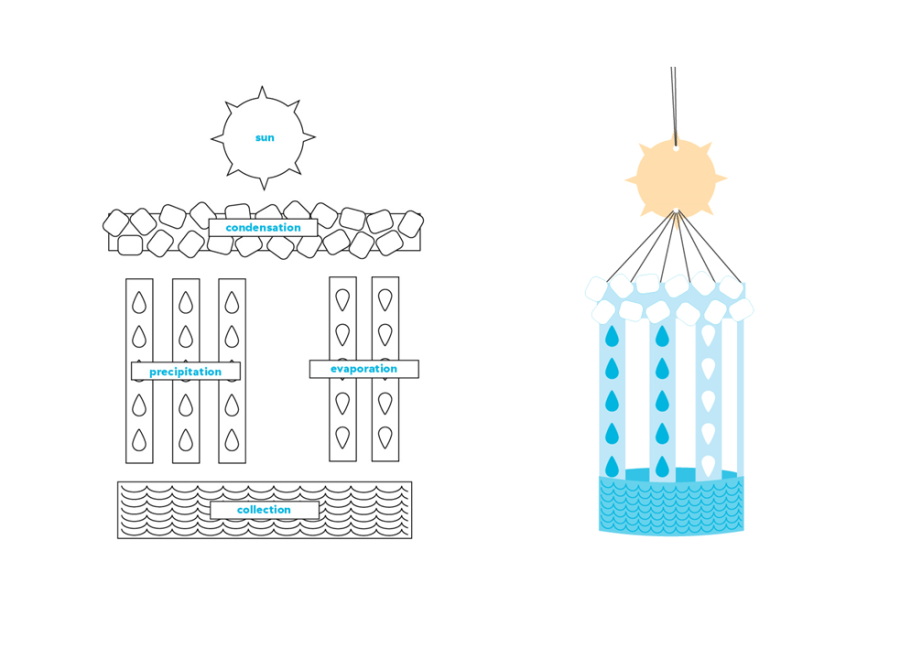The water cycle
Learn how energy from the sun drives the water cycle and how water cycles around the Earth over and over again.
- Grade 2
- 4 activities
- 1.7 hours
Big idea
Water is essential to all living things and it cycles through the environment.
Learning objectives
Students will be able to:
- Access prior knowledge about where rain comes from
- Communicate observations to others
- Explain the stages of the water cycle
- Build their own water cycle model
- Make predictions and observations during the water cycle experiment
Activities
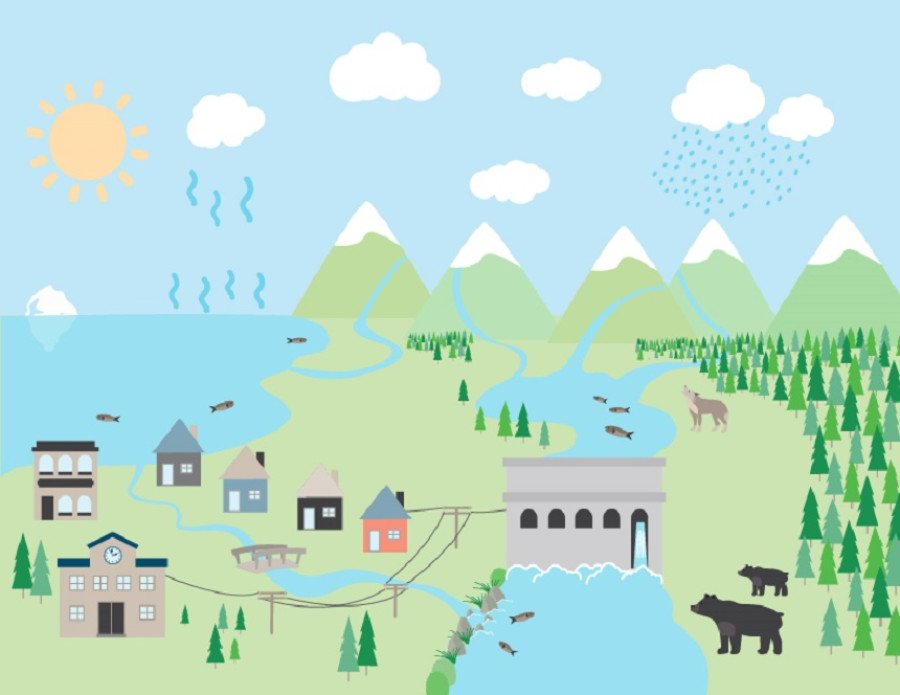
The water cycle
Did you know the water we drink is older than the dinosaurs?
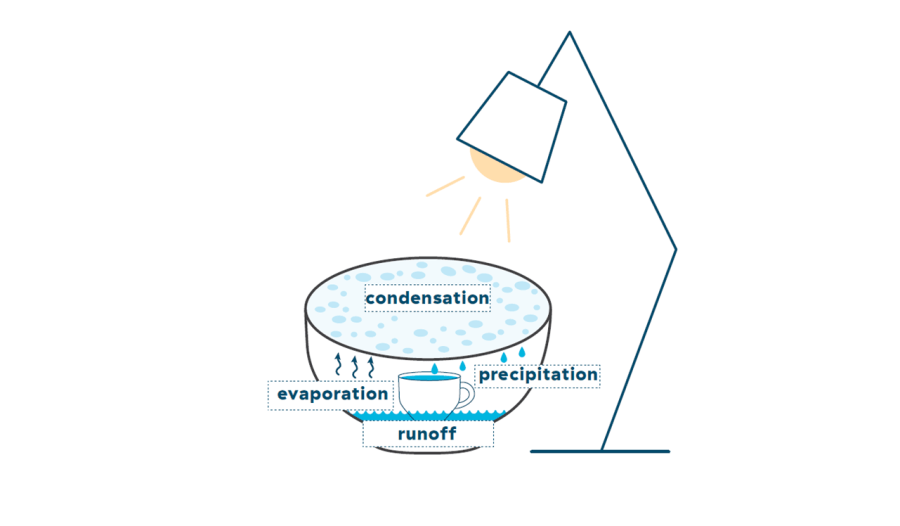
Classroom water cycle experiment
Predict, observe and learn with this mini water cycle experiment.
BC curriculum fit
Grade 2 Science
Content
- Water sources including local watersheds
- Water conservation
Curricular competencies
Questioning and predicting
- Demonstrate curiosity and a sense of wonder about the world
- Observe objects and events in familiar contexts
- Ask questions about familiar objects and events
- Make simple predictions about familiar objects and events
Planning and conducting
- Make and record observations
Processing and analyzing data and information
- Sort and classify data and information using drawings and pictographs
- Compare observations with predictions through discussion
Evaluating
- Compare observations with those of others
Applying and innovating
- Transfer and apply learning to new situations
Communicating
- Communicate observations and ideas using oral or written language, drawing or role-play
Assessments
The activities in this unit provide an opportunity to assess individual students and small groups on their ability to:
- Identify the stages of the water cycle
- Make predictions about where rain comes from and what will happen during the experiment
- Make and record observations during the experiment
- Communicate observations about the experiment and the water cycle
- Generate questions about the water cycle
- Work together in small groups
Background info
Water cycle
Earth has a limited supply of water that is cycled over and over again. The water cycle is an important process on earth because living things, including animals and humans, need water to grow and survive. Water is used for drinking, growing food, providing habitat, generating electricity and more. The sun has been driving the water cycle on Earth for billions of years. The four main stages of the water cycle are evaporation, condensation, precipitation and runoff.
- Sun: the water cycle is driven by the energy from the sun warming the earth.
- Evaporation: the warmth of the sun causes water from lakes, rivers and oceans to evaporate and turn from a liquid to a gas. The water vapour (gas) rises up into the air.
- Condensation: the water vapour cools as it rises and turns back into water droplets, forming a cloud.
- Precipitation: water droplets in a cloud eventually become too big and heavy and fall from the clouds in the sky. It can fall as rain, snow, hail, etc.
- Runoff: after the precipitation falls, it flows down towards the ocean and collects in rivers, lakes and streams. Some of it collects underground as well.
- And then the cycle begins again.


